
How to Clean a Generator Caburetor
I have been a Honda motorcycle mechanic for a little over 15 years and the number one cause that a generator will not start, is gummed up carburetor. Most people don’t stabilize the fuel and since generators aren’t used much, combined with todays ethanol (corn based fuel) it doesn’t take long for it to gum up. So today I thought I would write an article on how to clean a generator carburetor.
If your generator won’t start there is a simple test you can do to see if it’s fuel related. First remove the airbox cover and air filter.
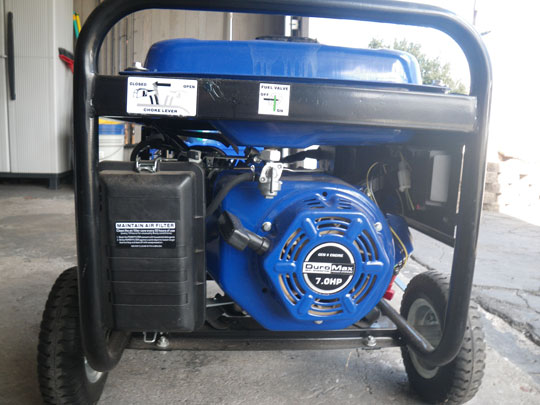
Next spray some starter fluid into the carburetor and try to start it. If it starts for a second and dies most likely its fuel related. You can also remove the drain bolt from the carburetor and drain some of the fuel, if the fuel is bad you will know by the smell of it right away.
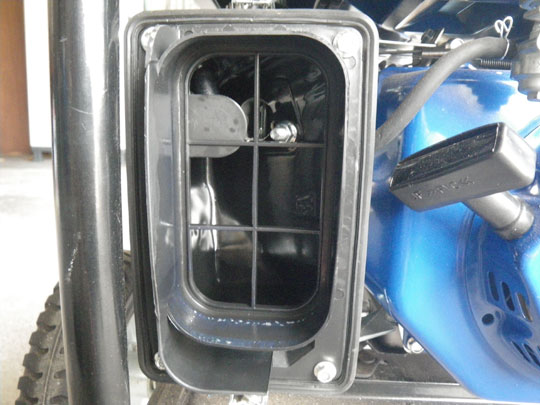
If you know its a fuel problem the first step is to turn the fuel valve to off.
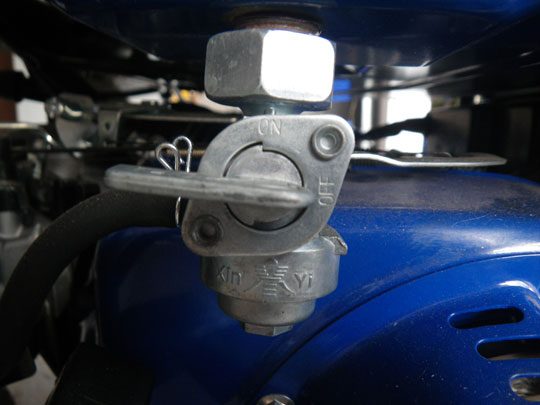
Next remove the air box, it’s usually only held on by a couple of nuts and bolts.
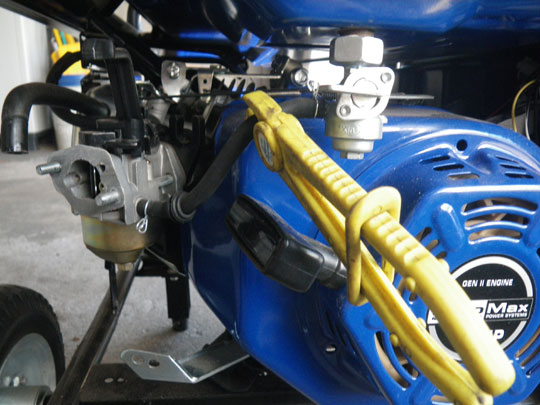
Next remove the fuel line from the carburetor, I always use a hose clamp on the line like in the picture above incase the fuel valve doesn’t work. Once the fuel line is removed from the carburetor remove the governor rod and the spring. If there is multiple holes where the spring could go take a picture to make sure it goes back in the right spot.
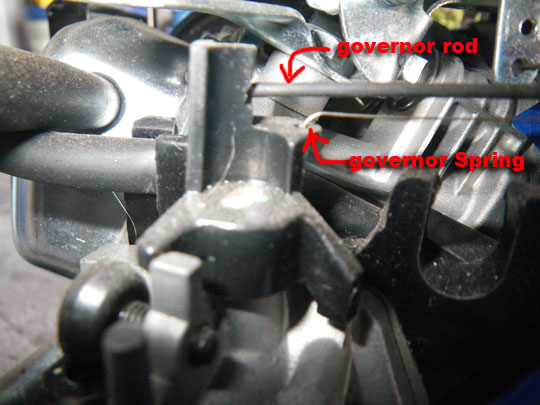
Make sure you remove the carburetor carefully so you won’t rip the gaskets. This isn’t always possible especially on older units so you might want to get gaskets and a carb rebuild kit before you start.
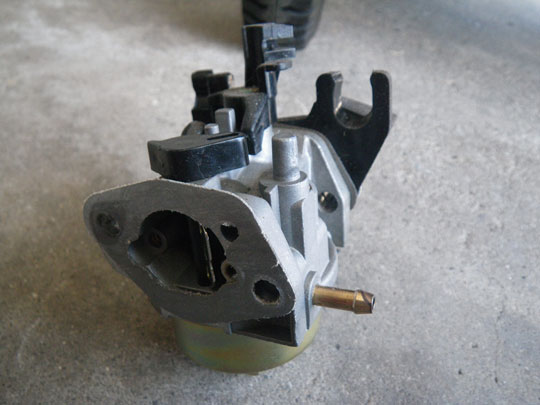
If the carb came off with the gaskets intact try to remove them carefully with a razor. On newer units these come off fairly easy and can be reused.
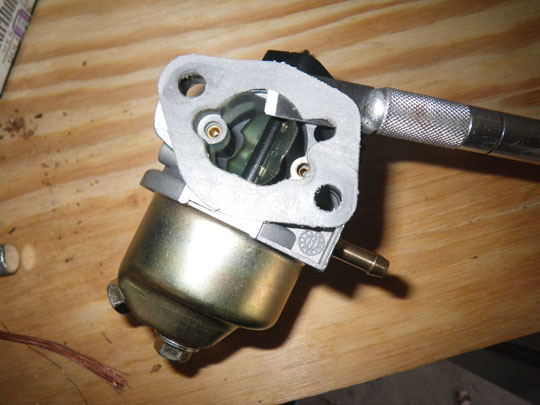
Flip the carb over and remove the float bowl bolt. If the float bowl won’t come off you can tap it easy with your screwdriver handle and it should come off.
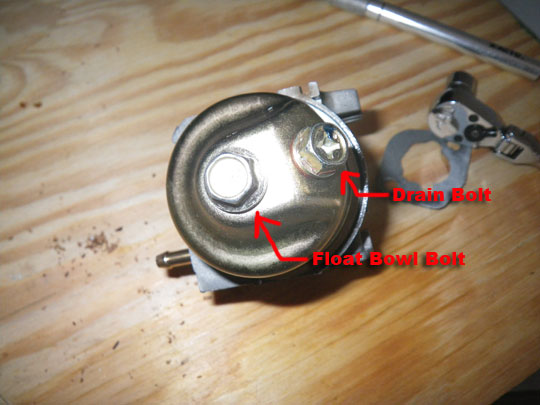
Next remove the float pin and remove the float and the float needle. Be careful not to lose the float needle or the pin.
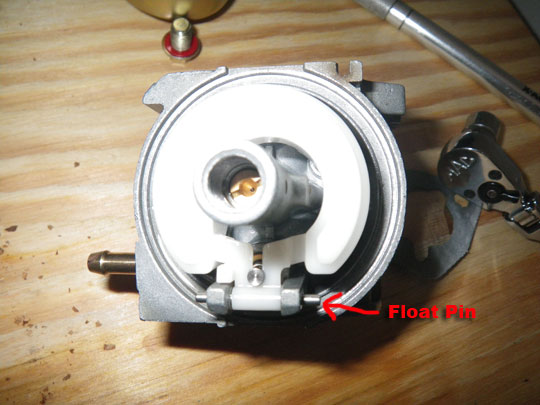
Inspect the tip of the needle, some have rubber tips. If your having a problem of fuel leaking out of your carburetor this is usually where the problem lies. Check the tips for wear sometimes corrosion will force the little rubber tip off the needle. Sometimes you can clean it, and pop the tip back on, but most of the time it will have to be replaced.
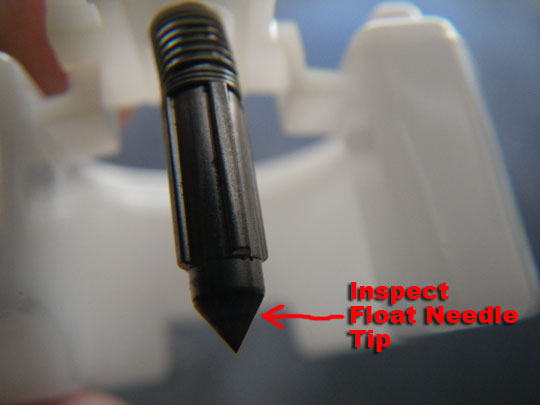
Next inspect the needle seat for any crud or excessive wear. If a carb is gummed up real bad sometimes you won’t be able to get the float needle out of the seat without a little heat.
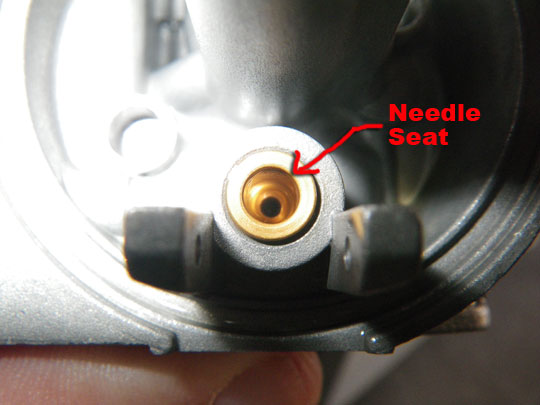
Next remove the main jet with a screw driver, these jets strip easily so be careful. Once the main jet is removed you can remove the emulsion tube underneath it. The emulsion tube will most like likely fall out once the main jet is removed.
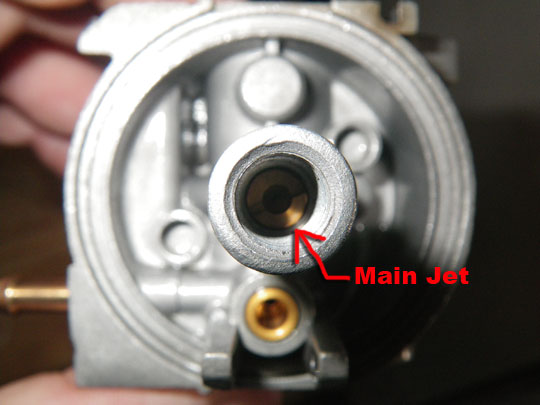
Once the main jet and emulsion tube have been removed hold them up to the light and make sure you can see light through the main jet hole and the emulsion tube holes.
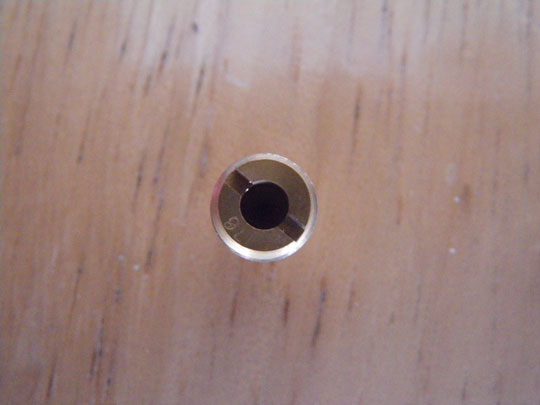
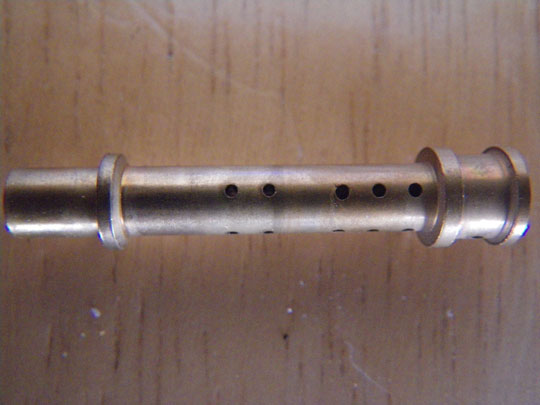
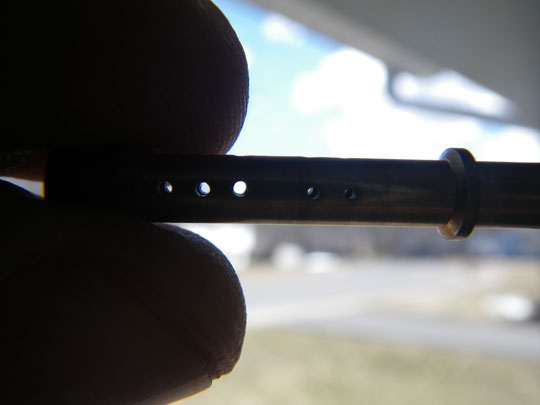
If the holes are clogged you can strip a piece of wire and use one of the strands to pass through the holes to clear it out. Do not use anything bigger the jets are made of brass and can easily be made larger, which could cause running problems later. Also spray with carburetor cleaner and make sure you get a good stream coming out of the emulsion tube and main jet.
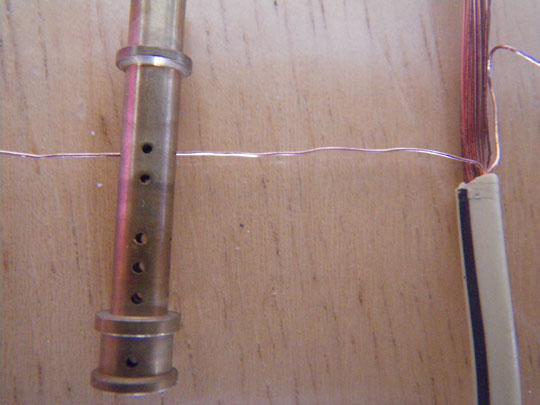
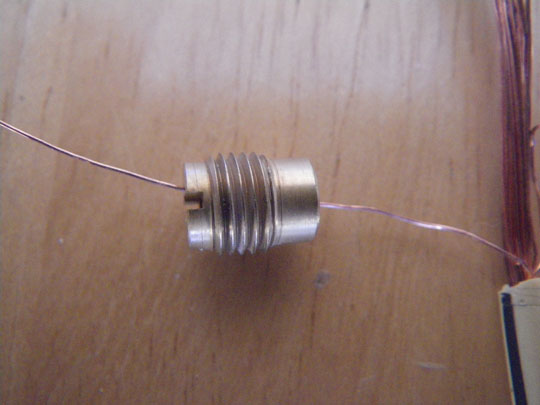
This model has a pilot jet under the idle screw. Remove the idle screw counting how many turns it takes to remove it. When reinstalling make sure you use the same number of turns.
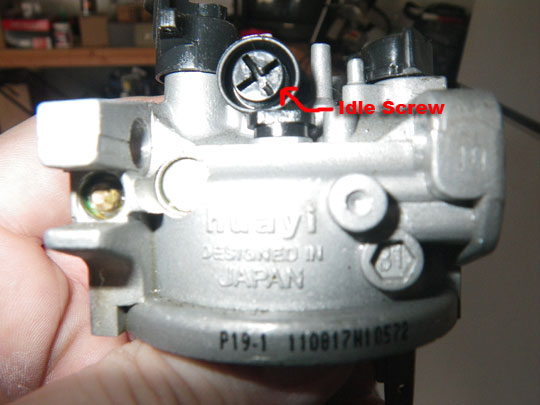
Next pop up the jet and remove it.

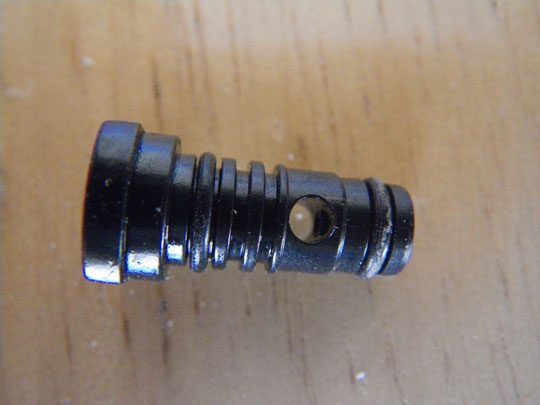
Next clean the pilot jet the same way you did with the emulsion tube and main jet.
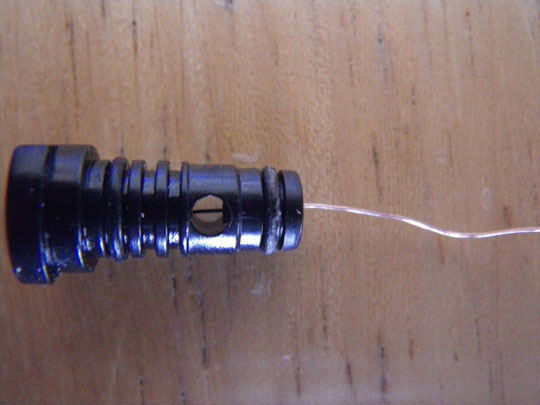
Next spray out all the passageways with carburetor cleaner. You can follow all the passages to see where the carb cleaner will exit when being sprayed. Make sure carb cleaner exits each passage way.

The fuel screw could not be removed on this model without drilling it out. So make sure when you spray the pilot circuit with carb clean that it comes out of the transfer ports and where the fuel screw tip is shown like in the picture after next. If you have a model where the fuel screw can be removed, Screw the fuel screw in until lightly seated (do not crank it in or the tip will break off in the carb) counting the turns. When reinstalling the fuel screw turn in until lightly seated, then turn out the amount of turns you counted earlier. This screw is usually set 1 1/2 – 2 turns out from lightly seated. I wouldn’t recommend drilling out a fuel screw unless it is absolutely necessary.
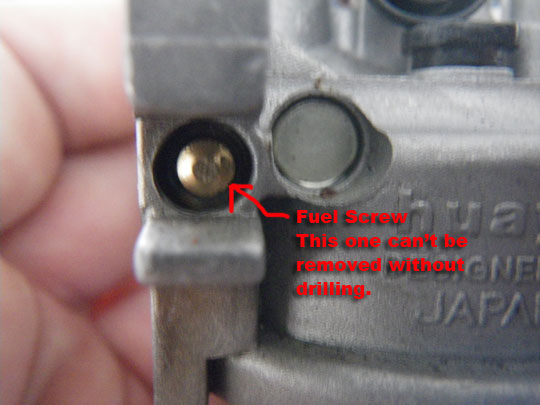
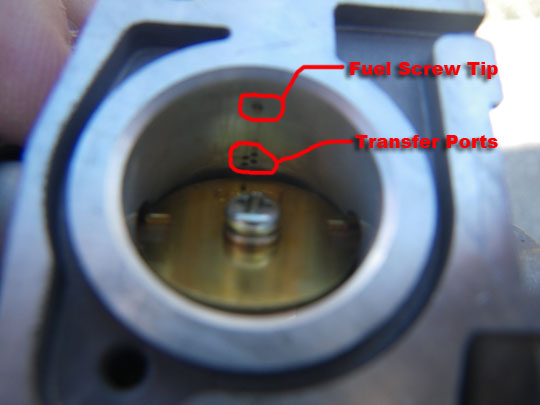
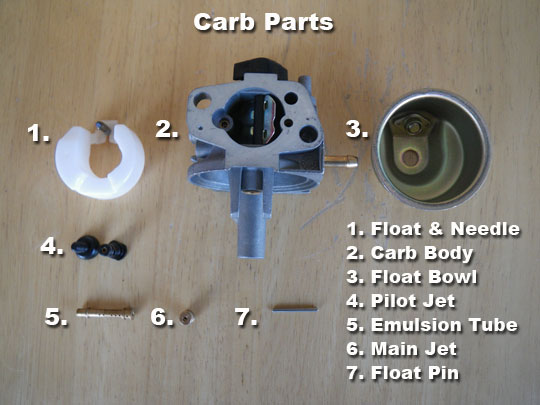
Make sure everything is spotless and all passage ways are cleared. It’s best if you have access to an air compressor to blow through the passages, but it’s not needed unless the carb is badly clogged. Once everything is cleaned, reassemble in reverse order of removal. If you think you will have trouble remembering take pictures of everything to help you get it back together.

If you treat your fuel with a stabilizer like Star Tron Fuel Treatment and run your generator every few weeks to test it out, you should never have a problem. Also always keep the fuel tank filled, especially if they are metal to prevent rusting.